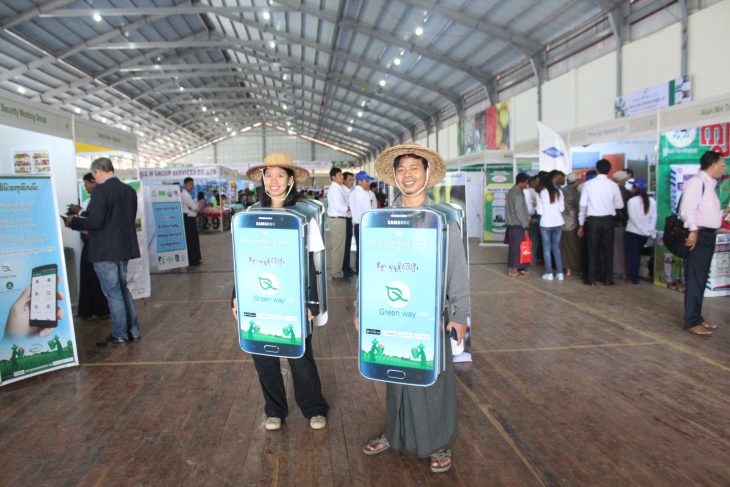A new approach to better irrigation management comes from a University of Missouri (MU) smartphone app. It’s called the Crop Water Use App, and it will estimate for Missouri farmers (and maybe others soon) the best times to irrigate. Go to cropwater.org. After you create an account, download the app for free.
The app creates an interactive website just for you to enroll and manage your fields. You can give it the precise field location coordinates, or do it with a push pin in Google maps, says Gene Stevens of the University of Missouri’s Delta Research Center, where the app was developed.
The beauty of the program is that, once it knows the field location, it automatically taps into pertinent data relating to your irrigation schedule, says Stevens. For instance, the app pulls in rainfall estimates for fields from the National Weather Service (NWS) rainfall grid.
“The program will ask you to input the planting date of the crop,” Stevens says. “The app will estimate the emergence date based on temperature and other data.”
The program asks for other information such as beginning moisture, rooting depth, default irrigation amount, allowable moisture depletion before irrigating again, and whether you’re using sprinkler or furrow irrigation, says Stevens.
“For allowable depletion, I usually recommend 50% for most crops,” he says.
Global potential
For now, the program works in Missouri and a few surrounding locations that can both tie into the NWS data and access the Missouri weather network.
Stevens and coworkers have successfully tested a low-cost electronic evapotranspiration gauge that will support the app “anywhere in the world. We’re a year or two away,” he says.
Stevens says there were 178 fields enrolled in the Crop Water Use App in 2015 and 398 fields in 2016. He expects more growth. The program performs many time-saving features, Stevens says.
“When you click on field status, it lines up all your fields from driest to wettest for a quick look at which ones need water the most,” he says. “It uses a fuel-tank gauge format to easily see how dry you are.”
It also gives a chart showing water-capacity history of fields over the last four weeks and a summary table that projects a dryness index for each day in the coming week without rainfall.
Q&A about the App
Q: How accurate is the program?
Gene Stevens: I had a graduate student, Zach Straatmann, who validated the program in Missouri fields. Many parts of the logic in the app come from an older University of Arkansas program, which had extensive field testing. The drawback with that program was that weather information had to be manually entered every day. Our app updates automatically.
Q: Does it save water?
GS: Of farmers who have used it, about a third say they use more water, a third say less, and a third say about the same. It’s not necessarily going to save a lot of water, but it’s just better management – another help in making decisions.
Q: How accurate is the NWS radar at estimating rainfall amounts?
GS: Missouri state climatologist Pat Guinan says the NWS radar estimated rainfall at his house in 2016 at 42.7 inches. His actual rain gauge measured 1.6 inches less, about a 4% difference.



